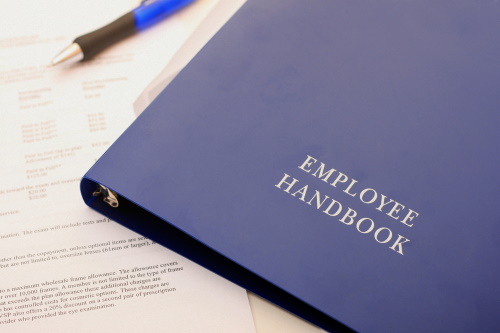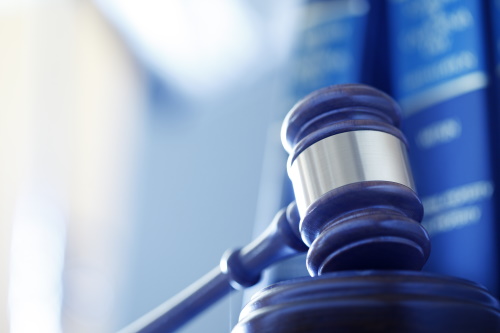When training new Tactical Flight Officers (TFOs) we describe foot pursuits as the lowest common denominator of all pursuit scenarios. Suspects on foot are much smaller and more maneuverable than cars, motorcycles and bicycles. They can easily see where we are, and if they’re familiar with the tactical environment, which they often are, they know the best places to hide, and where all the holes in the fences are.
As with all missions, safety of flight must be an aircrew’s highest priority, but depending on how foot pursuits are flown, aircrews may be exposed to excessive and unnecessary risks. Many years ago, it was common to fly nighttime foot pursuits relatively low – between 300 and 400 feet AGL or even lower. The technology and techniques that enabled aircrews to keep suspects in sight from higher altitudes were not refined enough to be effective. Pilots would spiral around running suspects at low altitudes in high-G turns while TFOs tried to illuminate them with a searchlight. The job got done, but the aircrew’s workload and their exposure to ground-based hazards was relatively high.
It’s embarrassing to admit, but in open areas, I was actually taught to herd fleeing suspects with the helicopter. We would descend to within 50 feet of the ground and then maneuver around them in a senseless attempt to block their path. “Risk Management” was the name of a division within the City; it certainly wasn’t a process WE used to evaluate, reduce and eliminate risk. Fortunately, we made it through that phase of our existence with no accidents, which is remarkable when you consider how vulnerable we were to power lines, fences, over-torques or even rocks that were thrown at us.
Years later, after acquiring new technology and experimenting with different ideas, we discovered that if the pilot could position the aircraft by referring to the FLIR display, and the TFO was a proficient FLIR operator, we could fly these and other missions much higher, and with a higher degree of success. Our exposure to ground-based hazards and our flyover noise were reduced, which enabled our ground units to hear the TFO better. That can be crucial to officer safety.
The most noticeable change, however, was the reduction in aircrew workload. We discovered that, when these techniques were understood, a proficient crew could loiter over a fleeing suspect in a gentle 50 to 60 knot orbit at 800 to 1000 feet AGL, while calmly updating ground units with the suspect’s actions. Low altitude foot pursuits were about to become a thing of the past – or so we thought.
The wide disparity in proficiency between FLIR operators was the first barrier we encountered. Some TFOs were skilled FLIR operators and could easily keep a suspect in sight while staying oriented. Others required some additional training, but they rose to the occasion. There was a small group, however, who rarely picked up the hand-controller. There was no way they were going to be able to control the FLIR well enough from 1000 feet AGL to keep a running suspect in sight, and they refused to practice.
This disparity in proficiency was problematic, because the techniques, technology and tactics used during higher altitude foot pursuits are, to a large degree, not interchangeable with lower altitude foot pursuits.
At 300 to 400 feet AGL, the position of the aircraft in relation to the suspect can change rapidly and significantly as they move in relation to each other. This is due to their close proximity. The lateral offset angles that develop, combined with whatever obstructions are present, make it easier for suspects to move behind obstructions, or move more easily from building to building without the aircrew being able to see them. The lower the aircraft gets, the worse this problem becomes. Urban environments are particularly bad, because there are plenty of structures for suspects to hide behind. We can reduce their ability to do this somewhat by flying faster, but then we often end up in a high-G, high-bank turn, as we spiral over the suspect’s head.
If the suspect and aircraft get too close to each other, which can happen quickly at lower altitudes, both crewmembers may lose sight the suspect behind, or beneath the aircraft. If we turn sharply to keep them in sight, we can easily find ourselves in an undesirable situation – downwind, low and slow, in a tight turn with a lot of pitch on the blades.



